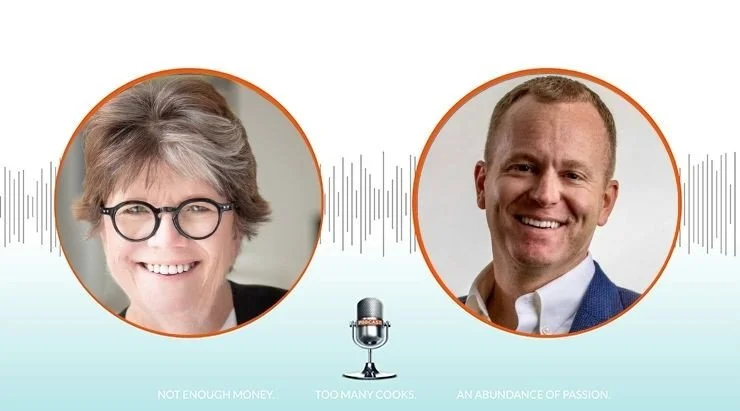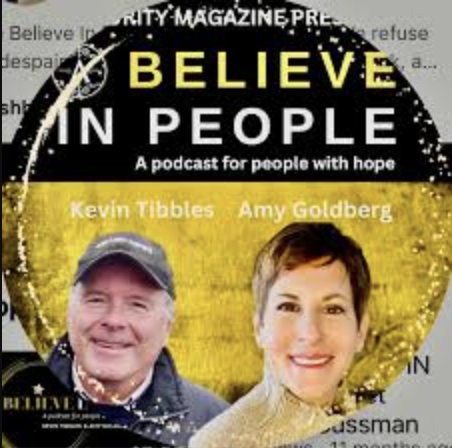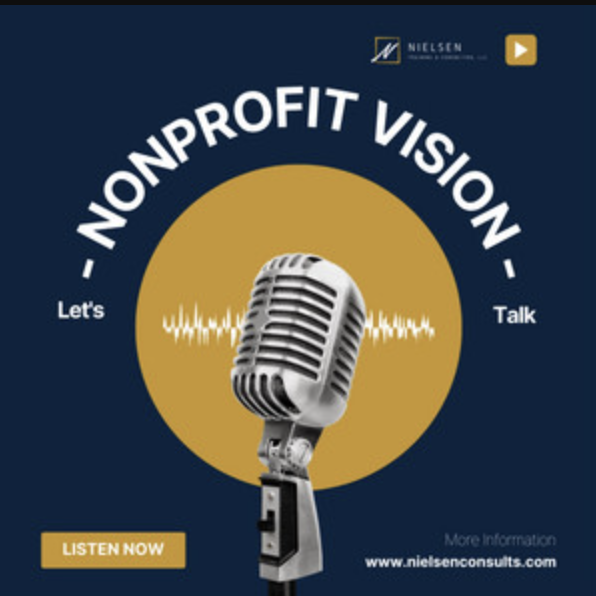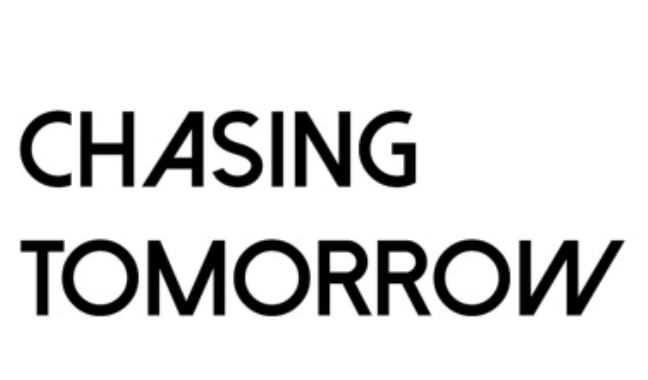Philanthropy Targeting Domestic Violence Has Found an Unusual Source: the Insurance Industry
By Geoff Nudelman
At first glance, the connection between insurance and preventing domestic violence might seem vague, but leaders from the philanthropic arms of major carriers say they can play a crucial role in solving this systemic issue.
“We view domestic violence as a critical social determinant to community health,” says Lucia Corral Peña, chief program director at Blue Shield of California Foundation.
Several large insurance carriers have decided to use their standing in the public health and financial spaces to take on the underlying issues that contribute to domestic violence. Generally, the industry views the issue as rooted in other, broader problems such as racism, education disparities, and income inequality. Though the issue on its own could benefit greatly from more attention from private and individual donors.
According to the National Coalition Against Domestic Violence, 10 million Americans every year experience some form of physical abuse. Further, it is estimated that more than 48% of Americans will experience psychological abuse in their lifetime. Domestic violence can take on many forms beyond physical or mental harm, leading to debilitating situations.
In March, Blue Shield of California’s foundation announced a US$5.2 million investment as a package of 15 grants to support specific organizations working on systemic public health issues that link to domestic violence such as economic mobility, data collection, and restorative justice. The organization operates as its own entity, separate from Blue Shield of California the company, and follows its own strategic path.
At Allstate Foundation, relationship abuse program officer Sharisse Kimbro leads the organization’s work on preventing domestic violence. The foundation operates separately from the company, but she notes that “there are always ways to marry what the foundation is doing with the company strategy, and that the foundation informs the business where it makes sense to do so.” The foundation actually sees domestic violence as a cyclical financial abuse issue as much as it is one of public health.
About “94% to 99% of those who report domestic violence also report a misuse of finances,” she says. Meanwhile, “finances become a big issue as survivors have very little financial resources.”
Allstate Foundation’s work on the issue began more than 20 years ago with basic financial literacy courses for survivors, and Kimbro says that helped the foundation understand what survivors needed in terms of economic support.
The foundation puts a particular focus on the fact that domestic violence will disproportionately affect people of color. A 2020 Institute for Women’s Policy Research report noted that more than 40% of Black women alone will experience physical violence by an intimate partner during their lifetime.
According to Allstate Foundation, the nonprofit has given more than US$90 million to aid survivors of relationship abuse since 2005. Last year, the foundation awarded nearly US$400,000 in grants for wellness programs to nonprofits serving BIPOC survivors of gender-based violence.
Insurance-linked foundations have stepped in to help as “private philanthropy can’t meet the need alone,” Peña says. Domestic violence has long been a siloed issue and a private matter rather than one that can benefit from being acted upon more publicly, she says.
What private philanthropy and individual donors can do is drive action in ways that are potentially much faster and more efficient than a corporate-affiliated foundation.
“Private foundations supporting existing work and causes are more effective (than working through a corporate foundation),” says Scott Curran, CEO of Chicago-based Beyond Advisers.
Curran and his team work with multigenerational family foundations and other affluent givers who need guidance in directing their philanthropic efforts. Domestic violence is an example of an issue that benefits from resources put toward awareness and prevention, in addition to a number of similar downstream issues such as public health, housing, and more, he says.
Large-scale gifts by donors such as Mackenzie Scott and Melinda Gates are potential game-changers in the way private philanthropy supports domestic violence, especially as an issue that disproportionately affects women and girls, Curran says. Gifts such as these, which directly benefit an organization working toward domestic violence solutions, often produce faster, more positive results as opposed to trying to create a brand new initiative.
“Sometimes, clients will have a unique competitive advantage [to start something new], but philanthropy, like so many other fields, is competitive and it’s important to look at existing work,” Curran says.
For Blue Shield of California Foundation, Peña agrees that outside philanthropy can play a role in elevating the narrative further.
One of these priorities, according to Peña and Kimbro, is that the story around domestic violence and supporting survivors needs to change.
“A lot of the narrative is trauma-focused rather than lifespan-focused, and there’s room to invest all along the way (in a survivor’s journey),” Kimbro says.
Last May, the Biden administration released an action plan on gender-based violence that stemmed from the 2021 passage of a bill to further increase essential service support for crime victims. Peña thinks this could elevate the conversation within philanthropy.
“It will help us consider how we might do something more or improve the way that we respond,” she says.










